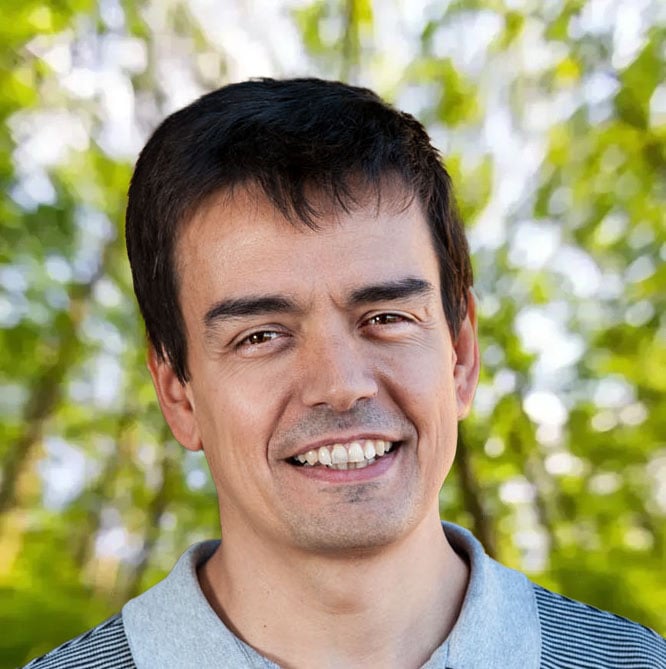The sports complex that will house the Nou Camp, the Mini Estadi, and the Nou Palau Blaugrana is being built in harmony with the Les Corts neighbourhood and will be evaluated according to the scheme for Urban Districts of the German DGNB certification.
FC Barcelona aims to make its ambitious new Espai Barça project an example of energy efficiency and environmental sustainability. The facilities will be open 365 days a year and are located in the heart of the Les Corts neighbourhood, the blaugrana heart of the city.
The DGNB certification allows for the evaluation of districts, with a methodology quite similar to that of building certification, although special criteria such as Climate Change in the City District or Social Diversity are added. This assesses the overall performance of the neighbourhood, taking into account the areas between the buildings, which should include green spaces and facilities for alternative means of transport.
This system measures aspects of environmental, functional, socio-cultural or economic quality in addition to site quality. The pillars of the project are sustainable mobility, flexibility of occupancy, or open spaces; without neglecting basic aspects such as energy, water, or waste. As with the certification of buildings, a district life cycle assessment (LCA) is carried out.
The specific case of Espai Barça, which will house the Nou Camp with a capacity for 105,000 spectators, is expected to start at the end of this year or 2017 and the construction phase is expected to last between five and six years. Some of the measures that are expected to be implemented are:
- 100% utilization of rainwater
- Reuse of all greywater
- Installation of photovoltaic solar panels
- 25% of green areas
- Reduce paving by up to 70%
- Reuse of the materials from the current Camp Nou
- Improve acoustic comfort, visibility, technological applications, accessibility, etc.
The project director William T. Mannarelli and DGNB have confirmed the intention of the certification of the project, which includes:
- New Camp Nou: 105,000 seats planned; underground car park for 3,500 cars; roof for the total capacity; visibility, comfort and accessibility improvements such as the installation of escalators and lifts; extension of catering facilities; etc.
- New Palau Blaugrana: main court in the current Miniestadi with capacity for 12,000 spectators for sporting events and up to 12,500 for cultural and social events; plus a smaller court for smaller matches, training sessions and less important events with capacity for 2,000 people.
- New Miniestadi: at the current location of the Palau in the Ciutat Esportiva Joan Gamper, with 6,000 seats and 600 parking spaces.
- Campus Barça: an area between the New Camp Nou and the New Palau that includes all the adjoining facilities such as the shop, ticket offices, museum, offices, space for supporters' clubs, restaurants, etc.
The main aim of the new Espai Barça is to be fully integrated within Les Corts, with the creation of large open spaces and connecting routes such as a pedestrian walkway between the stadium and the Nou Palau, as well as its own metro station on Line 9.
Improvements in accessibility and parking, together with measures to improve energy efficiency and sustainability, will be the main keys to the success of the large sports complex, which will undoubtedly be a global benchmark in sustainability and sport.


